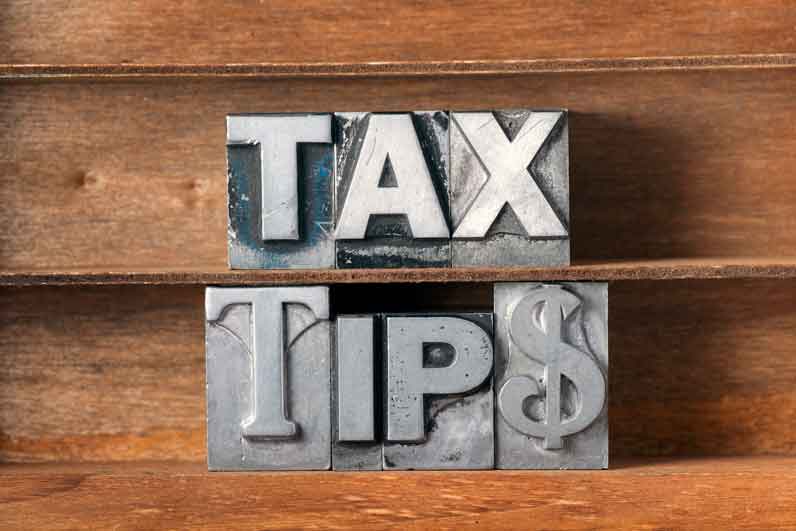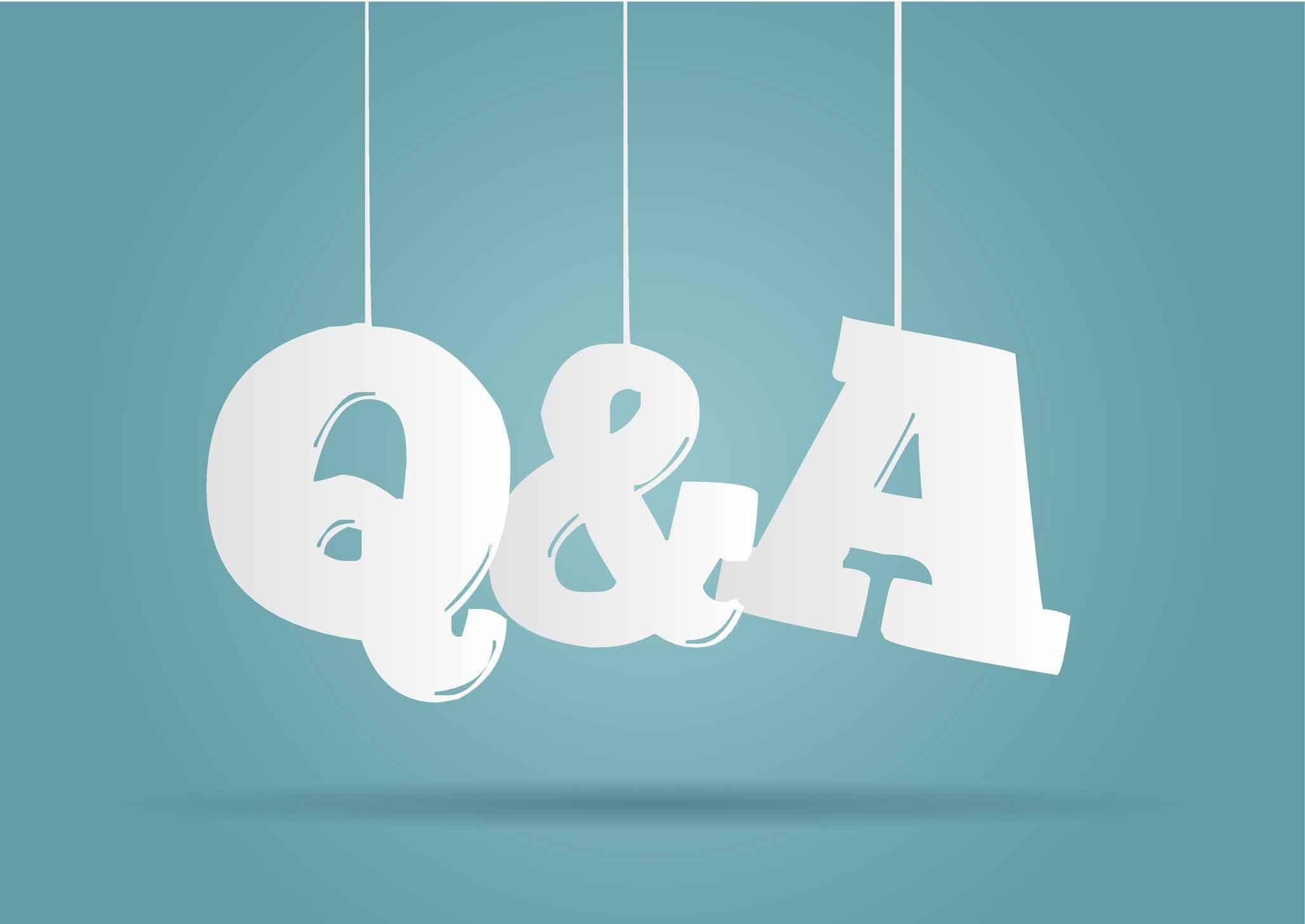A guide to understanding stamp duty

If you've never purchased a property before, you may think stamp duty is a minor expense. That can be a big mistake. Stamp duty on a property can cost tens of thousands of dollars and may push you over your budget. It's important to understand stamp duty before you buy and know how much it's going to cost you.
What is stamp duty?

Substitute "tax" for "stamp duty" and you're on the right track. Stamp duty is a tax imposed on the purchase of property, automobiles and business assets. In some cases, stamp duty may be charged on a home loan, a gift or some types of insurances.
Stamp duty is a State tax and the cost and rules regarding stamp duty vary from state to state. Originally, stamp duty was literally a stamp that proved you paid a tax. It's a little different today, but the name has stuck.
Where does the money collected for stamp duty go? It goes to pay for a number of things we take for granted and think are free:
- Health services
- Roads and transport
- Police
- Justice
- Emergency services
- Education and training
- Human services
- Environmental services
All of these things cost money and stamp duty helps pay for them.
When does stamp duty need to be paid?
Stamp duty is often included in the price of a home. For example, if a home is on the market for $400,000, the asking price may be higher or may be absorbed by the asking price. How much higher depends on the state or territory where you are purchasing property.

Before you purchase a property, find out if stamp duty is included in the price. If it is not, you will need to calculate the cost of stamp duty in your area and add it to the price of the home. You only have 30 days after you have finalised the sale to pay stamp duty, so you will need to have the money available. In some states, you may have up to three months to pay, but in general expect to pay within 30 days.
Depending on your location, the price of stamp duty on a $400,000 home can vary from $7200 to over $16,000. As a rough guide, stamp duty for a $400,000 home may be:
- $10,600 in the ACT
- $13,500 in New South Wales
- $16,500 in the Northern Territory
- $7,200 in Queensland
- $16,200 in South Australia
- $14,000 in Tasmania
- $16,300 in Victoria
- $13,000 in Western Australia
These figures are approximate, but show the spread of stamp duty charges. Even at the lowest rate in Queensland, stamp duty if far more than "pocket change" and needs to be factored into your property purchase.
Stamp duty concessions and exemptions: who is eligible?

In some cases, you may be eligible for a stamp duty concession or exemption. A concession is a reduced rate, while an exemption allows you to purchase a property without paying stamp duty.
The rules vary, but in general, a stamp duty concession or exemption applies to a variety of circumstances:
- In some areas, homes below a certain value are exempted from stamp duty
- Pensioners and health card holders may be eligible for a concession or exemption
- First home buyers may be exempt from stamp duty in some states
- Family farms and young farmers may not have to pay stamp duty
- If the home is your principle place of residence, you may get a concession or exemption
- Off-the-plan sales are sometimes exempted from stamp duty
These are general areas where you may get a concession or exemption from stamp duty. However, to be sure, you'll have to check with the authorities in your state or territory.
Stamp duty from state to state
Because the costs vary and concessions or exemptions vary from state to state, you need to find out what the regulations are in the state or territory where you are purchasing a property. For more information, visit these links:
- ACT Revenue Office
- NSW Government: legislation
- Revenue South Australia
- Stamp duty and land tax, Victoria
- Department of Finance, Western Australia
- Property transfer duty, Tasmania
- Northern Territory Department of Treasury and Finance
- Queensland Government: Duty Rates and Types
Useful stamp duty information

You can use the above links to find out detailed information about concessions and exemptions. What follows is some useful general information:
- In the ACT, concessions are available for properties that cost up to $442,500. It is also possible for eligible home buyers to pay stamp duty over time.
- In New South Wales, first time home buyers can be exempt from paying stamp duty if the value of the home is under $550,000.
- In South Australia, stamp duty concessions are available for apartments in specific parts of Adelaide.
- In Victoria, first time home buyers can receive a reduced stamp duty if the value of the property is more than $130,000 and less than $600,000
- In Western Australia, first time home buyers are exempted from paying stamp duty if the value of a property is $430,000 or less. Concessions are available for homes up to $530,000
- No concessions or exemptions are available in Tasmania unless a property is being transferred by a married couple; people involved in a significant relationship; or those involved in a caring relationship
- In the Northern Territory, you may qualify for a Principle Place of Residence Rebate (PPRR). The upper limit for land is $385,000 and for homes $750,000
- In Queensland, if you purchase a property and move into it within one year, you may qualify for a stamp duty concession
Regulations are subject to change and may be based on your income, so use the links above to find out current information about stamp duty.
Stamp duty Q&A

These are some common questions people ask about stamp duty.
How do I know how much stamp duty will be?
You won't know how much stamp duty you have to pay until you know the value of the property. When you know the value, you can use an online calculator to find out how much stamp duty you have to pay. While online calculators aren't exact, they will tell you approximately what your stamp duty will be.
How do I pay stamp duty?
You will receive notification by mail. The notification will give you all the information you need, including the exact amount of stamp duty. The terms vary, but in general you have 30 days or up to three months to pay. In the ACT, you may be able to pay stamp duty over a longer period.
Can stamp duty be included in my home loan?
In general, lending institutions prefer that you pay stamp duty. However, many lenders are willing to add stamp duty to the loan principal.
What about stamp duty in the case of divorce?
If you are transferring title to another, you don't need to pay stamp duty. In many divorces, one party will keep the home, so stamp duty won't be required. It may depend on your circumstances, though. If you need to refinance, for example, you may need to pay stamp duty.
Do I need to pay stamp duty if I am refinancing a loan?
In most cases, you will have to pay stamp duty if you're refinancing an existing loans. There are exceptions, though. For example, if the names of the owners remain the same and the value of the property also remains the same, you may not have to pay stamp duty.
In some cases, you may need to refinance with the same lender to avoid stamp duty. If you switch lenders, find out if they offer a stamp duty refund. If they do not, refinancing may not save you the money you hoped to save by refinancing.







